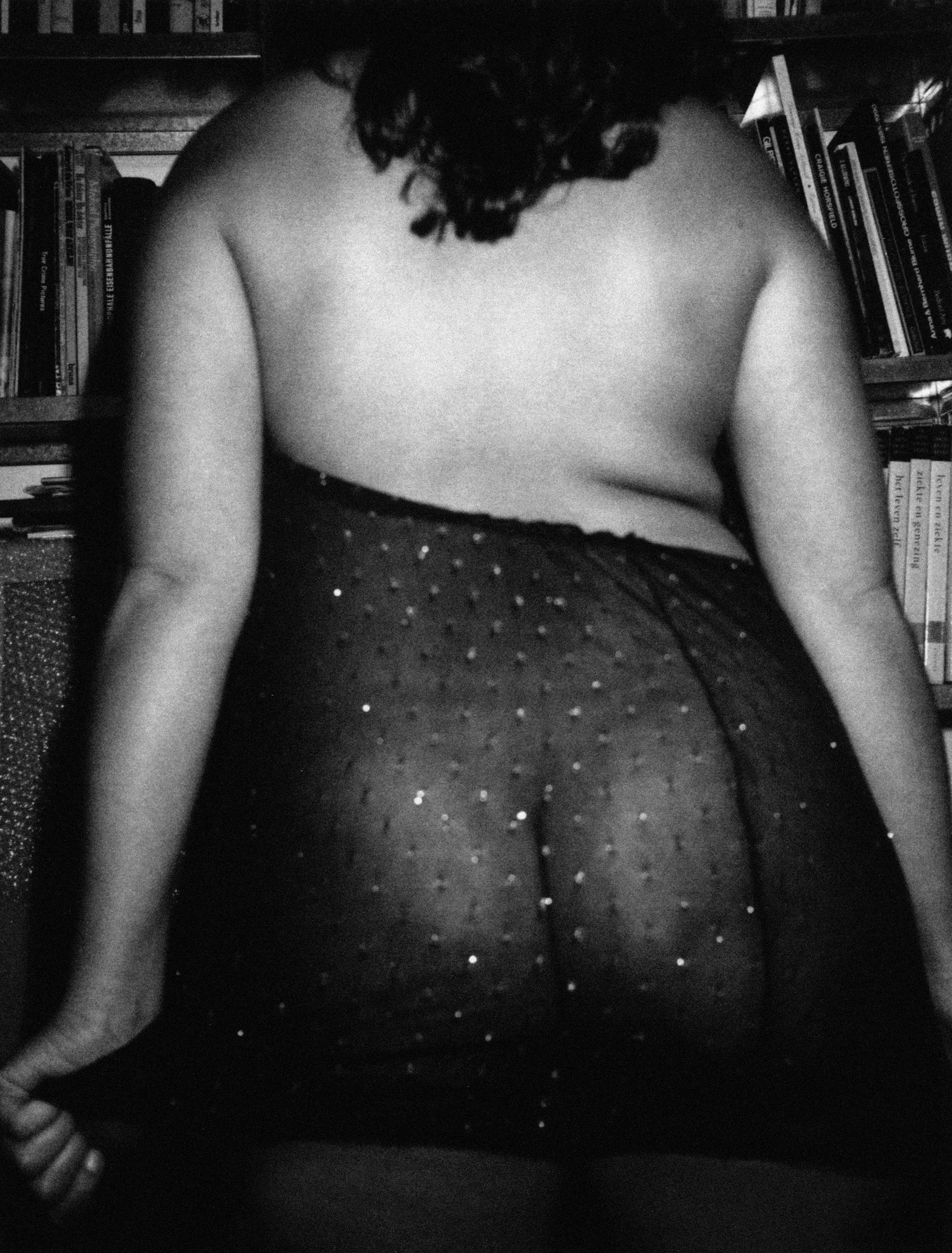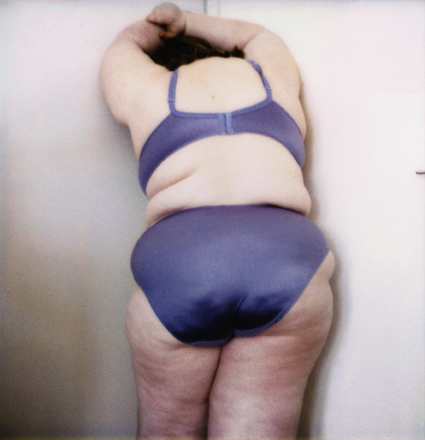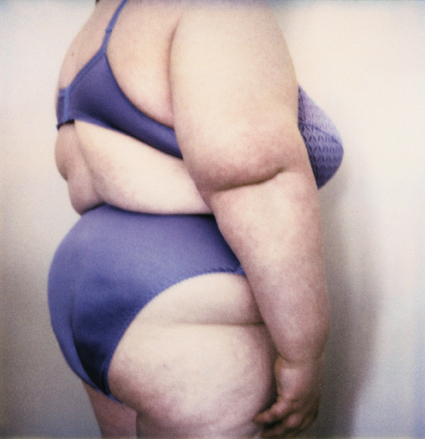Kookiker, Paul



Born 1964 in Rotterdam, lives in Amsterdam
“I cannot stop making nude images but I can’t say why. Part of that must be because I like to play with the archetype of the nude woman as a cliché.”
It is a well-known fact that the history of art is full of depictions of female nudes. Whether delicate as with Botticceli and Modi-gliani or voluptuous as those by Rubens and Renoir, most viewers, regardless of their preferences, find these naked women attractive. In recent times, however, the representative focus of art has increasingly moved away from the beauty of the body. The aesthetic gaze has made way for a more sober way of seeing, as for instance in the work of Lucien Freud. Where the fleshly physicality of Freud’s paintings, complete with rashes, varicose veins and sagging skin, leaves the viewer feeling unsettled, with Paul Kooiker the recipient’s attitude (as well as that of the artist) is less clear or predictable. This may be because Kooiker—as he says himself—can be various photographers or many different men even within the same series: “Sometimes I’m like a dirty old man, and sometimes I’m a doctor.” This changes his way of looking, and thus the photographic configuration. His women rarely correspond to the prevalent ideal of beauty, and are not necessary photographed in attractive poses.
Moreover, the photographs feel like snapshots of often-unusual situations. Nevertheless, some of the photographs contain an impressive eroticism, while others seem at first glance to have come from an anti-obesity advertisement. Upon a second glance, however, even these pictures possess an aesthetic force that we can trace back to Kooiker’s artistic eye. “It’s not about the model or about the personality; it’s about the whole image.” Kooiker’s women are all shown without a face, which draws our attention to their physicality and the forms it takes. The bodies become image sculptures. Since the face is missing, the viewer is not confronted with the subject’s emotions, which would otherwise be present in her facial expression. Our gaze is one-sided—after all, there are no eyes to look back at us. The recipient is like the photographer—a voyeur. Without any clear self-determination on the part of the subject, we must rely on our feelings for what we see. Combined with the ambivalence of Kooiker’s photographs, this leads to a sense of uncertainty in the viewer, which prompts ruthless self-observation and leads to astonishing insights regarding our own ways of seeing and feeling.
